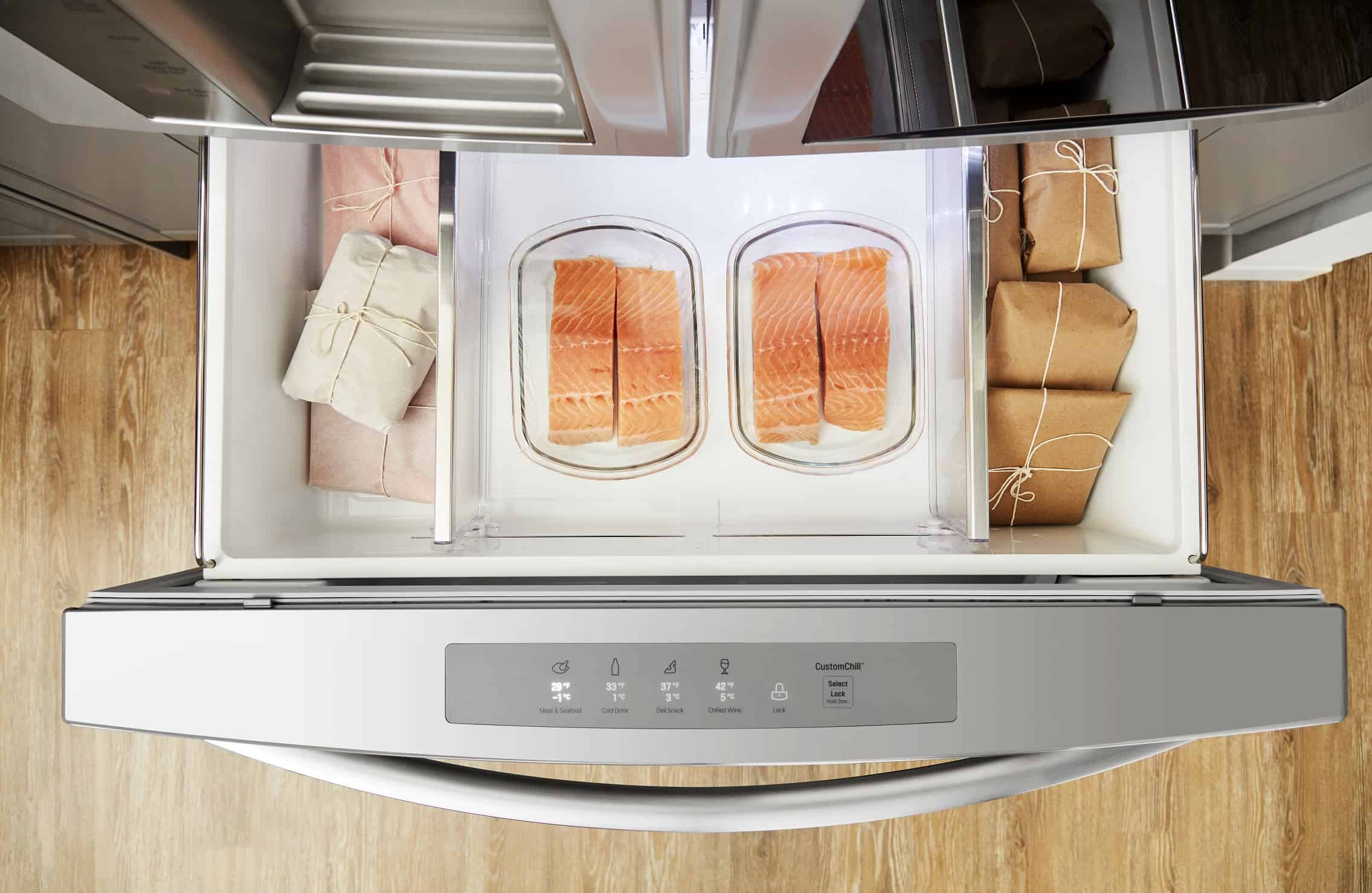We Canadians like to think of ourselves as pretty terrific people in a pretty terrific country. And we are. But there’s still lots of room for improvement. When it comes to wasting food, for example, we’re among the worst offenders in the world.
How bad is it? According to a report cited in a CBC Radio piece, each of us throws out about 170 kilograms of food annually. About a third of the food produced in Canada ends up in landfill, which costs us about $31 billion a year.
Reducing food waste is a natural area of interest for Compass Group, a multi-national that delivers food service in education, healthcare, business, industry, sports, leisure, and defense settings.
Compass says it’s combating industry waste by working with tech companies on waste-tracking software, educating chefs about how to get more out of the fruits and vegetables they use, partnering with Food Banks Canada on food redistribution systems and encouraging diversion programs, such as using coffee grounds for fertilizer, for example.
While large-scale measures are important, it’s worth remembering that 47 per cent of food waste in Canada is caused by consumers. To address the problem, Compass launched Stop Food Waste Day in 2017.
This year, LG Canada is showing its concern about the issue by teaming up with Chef Chuck Hughes to give Canadians tips, tricks, and ideas for creative ways to reduce food waste at home.

Together, they’ve produced a seven-part video series. In week one, Hughes starts with a full fridge. For the following six weeks, he’ll prepare a delicious recipe with only the food left in the fridge from the previous video.
In the hospitality business, says Hughes, “reducing food is something that we have done forever, it’s just part of running a restaurant.”
His goal now, he adds, “is to share ways Canadians at home can save time and money and waste less food. It takes a bit of a change in mentality, and a realization that cooking from scratch is not that complicated or time consuming. “
Hughes fully expects that the next wave of food trends will reflect the way we dealt with food 100 years ago, and that includes placing a premium of using simple, real ingredients to their fullest.
“In cooking, sometimes to move forward, you really need to look back.”
Waste reduction tips from Chef Chuck
- Buying a whole chicken to roast is cheaper and more sustainable than buying pieces, says Hughes. “You get more than one meal, because you can eat the roast chicken, use the leftovers for a pot pie and use the bones for chicken noodle soup.”
- Pickling vegetables is a great way to uses them up before they go bad. “Pickling doesn’t have to be the whole village and hundreds of jars. Gather up whatever you have in your kitchen at the moment and pickle one jar,” suggests Hughes.
- One of the most frequently wasted foods is bread. Hughes suggests using slightly stale bread for bread puddings, or what he calls a “stout cake”. BC Good Food has other useful suggestions for leftovers.

LG’s InstaView Door-in-Door refrigerator has a Custom Chill drawer with four temp settings - Check fridge temperature. Health Canada suggests refrigerators set at 4°C (40°F) or lower will keep food out of the temperature danger zone between 4°C (40°F) to 60°C (140°F) where bacteria can grow quickly. Hughes adds that lowering temperatures to around 3°C (38°F) can help in keeping certain foods fresher longer. That’s why he likes the Custom Chill drawer on LG’s InstaView Door-in-Door refrigerator, which has four temperature setting (see it open in the featured pic above) for meat/seafood, cold drinks, deli snack and chilled wine. “In a restaurant,” explains Hughes, “everything stays on ice until we cook it. That extends the life of, say, fish. So instead of buying one small piece, you can go bigger to save money and time. Start with making tartare out of fresh salmon. Maybe make chips (here’s a great recipe from Becky Selengut) out of the skin and then have the leftover fish in a salad or wrap the next day.





